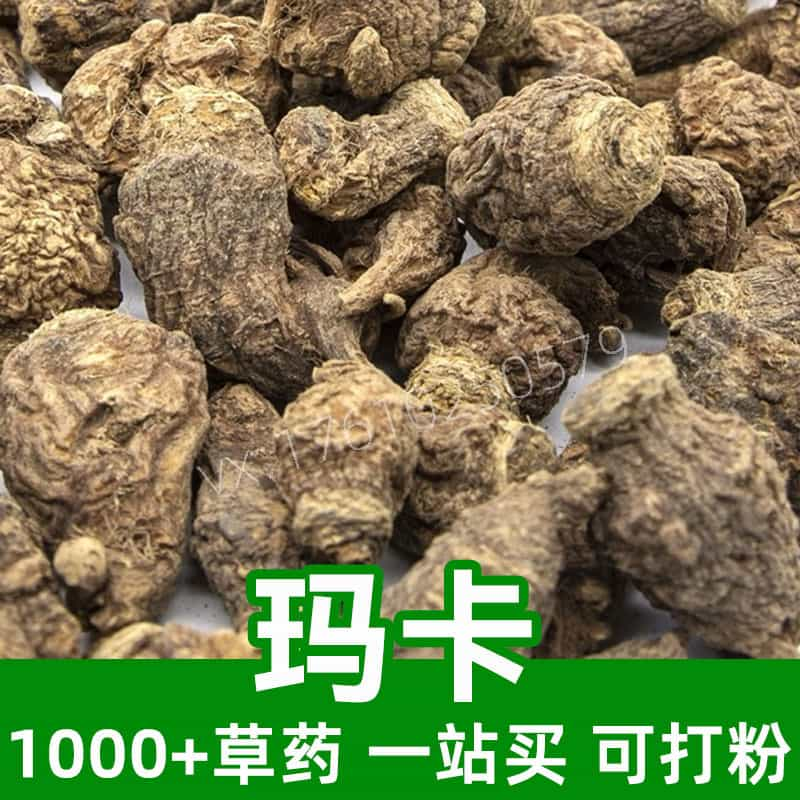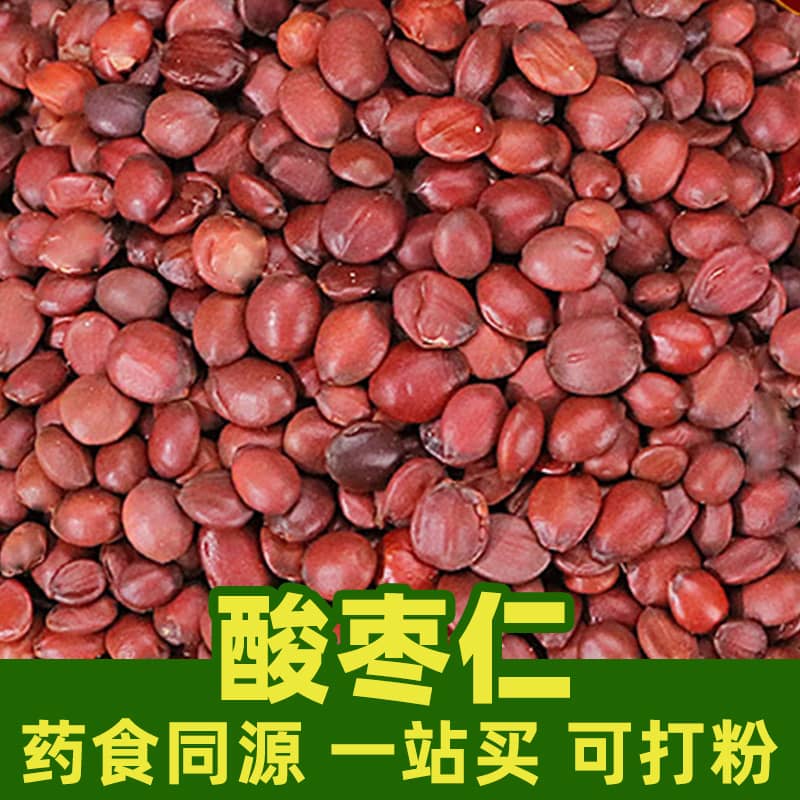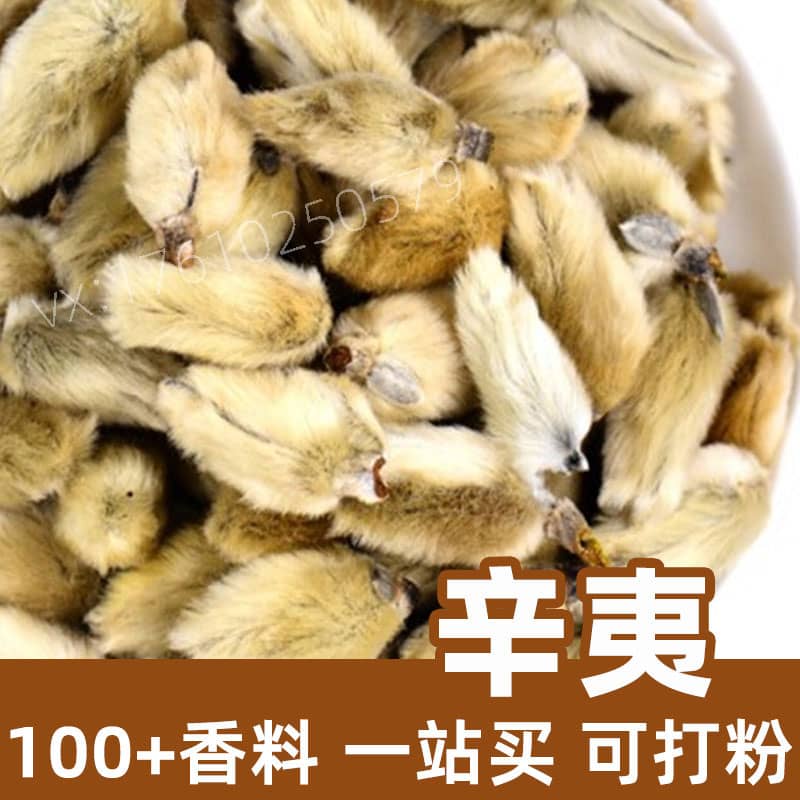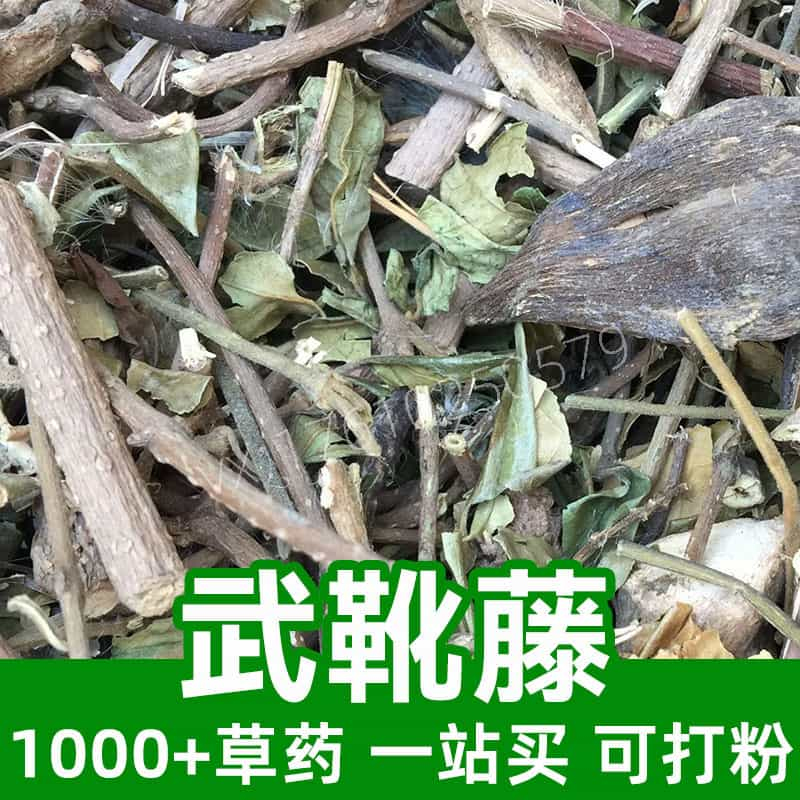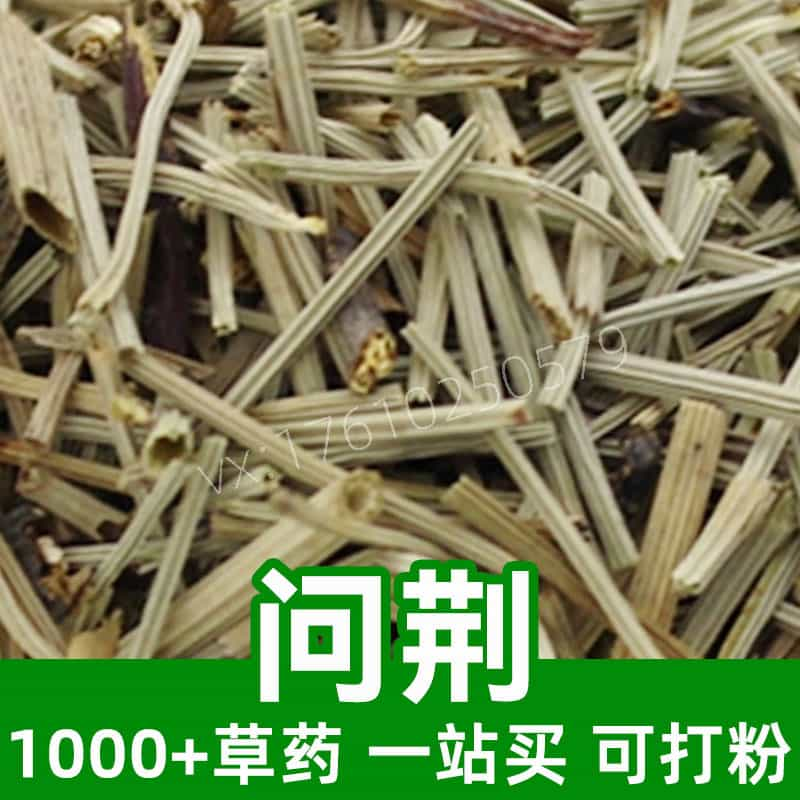Product Introduction
Tamarind, scientifically known as Tamarindus indica, is a tropical fruit known for its unique sweet and sour flavor. The fruit is encased in a brown, pod-like shell and contains a sticky pulp with several brown seeds. Believed to have originated in Africa, tamarind has spread across the globe, particularly in tropical and subtropical regions like India and Mexico, where it is a staple in many cuisines and traditional remedies. The pulp is rich in sugars, organic acids, and a variety of nutrients, making it a versatile ingredient not only in cooking but also in the realms of traditional herbal medicine.
In culinary applications, tamarind is cherished for its ability to enhance flavors in a variety of dishes, including curries, sauces, and beverages. In traditional Chinese medicine, it is utilized for its digestive benefits and is often characterized by its ability to nourish and invigorate bodily functions. Beyond its flavor, tamarind is appreciated for its unique nutritional profile, which includes vitamins, minerals, and fiber.
The versatility of tamarind is evident, allowing it to be included in a wide array of applications, transcending culinary uses to reach different aspects of health and wellness. Understanding the origins and uses of tamarind enriches our appreciation for this remarkable fruit and its contributions to both cuisine and herbal traditions.
Main Active Ingredients
Tamarind is packed with various active compounds that contribute to its nutritional value and its role in traditional practices. One of the primary components is tamarind pulp, which is rich in carbohydrates, particularly sugars like glucose and fructose, and dietary fiber. The organic acids present in tamarind, such as tartaric acid, citric acid, and malic acid, give the fruit its characteristic tangy flavor and may also contribute to its potential health benefits.
In terms of vitamins, tamarind is quite noteworthy; it is a good source of several B vitamins, including thiamin (B1), riboflavin (B2), niacin (B3), and folate (B9). These vitamins are vital for metabolic processes, cellular function, and overall health. Additionally, tamarind contains essential minerals, including potassium and magnesium, which play crucial roles in maintaining cardiovascular health and supporting muscle function.
Moreover, the fruit has also been studied for its antioxidant properties, attributed to compounds such as polyphenols and flavonoids, which can help neutralize free radicals in the body. The presence of tannins in tamarind has made it a focus in traditional medicine, as it is believed to possess bile-expelling and digestive-supportive properties.
Overall, the main active ingredients in tamarind combine to create a unique nutritional profile that supports its use both as a culinary ingredient and a component of traditional herbal remedies.
Product Application Scenarios, Usage, and Dosage
In traditional Chinese medicine, tamarind is regarded for its supportive properties in digestion, and it is often used to stimulate appetite and aid in the digestion of fatty foods. As an ingredient, it can be integrated into various dishes, with a common recommendation of using 10-20 grams of tamarind pulp per serving, often mixed into sauces, dressings, or beverages.
In culinary contexts, tamarind is particularly well-suited for creating flavorful chutneys, marinades, and dressings. A popular way to enjoy tamarind is to dissolve the pulp in warm water, strain it, and incorporate it into dishes or drinks. This method can enhance the culinary experience by balancing flavors in savory dishes like curries or enhancing the taste of sweet beverages.
Moreover, tamarind can be consumed in the form of dried fruit, syrups, or as an ingredient in prepared sauces. In Ayurvedic practices and traditional Chinese modalities, it is often recommended to have tamarind during digestive disturbances or simply as a natural flavorful addition to one's diet.
When considering dosage, it's essential to account for individual differences, such as age, health condition, and dietary habits. Often, moderation is key. While enjoying the benefits of tamarind, consulting a practitioner of traditional medicine for tailored advice, especially for therapeutic use, is advisable.
Introduction to the Source Plant, Distribution, and Growth Environment
The tamarind tree (Tamarindus indica) belongs to the legume family (Fabaceae) and is a tropical species that thrives in a variety of climatic conditions. This tree can grow to heights of up to 80 feet and has a spreading canopy characteristic, which provides ample shade. The tamarind tree typically prefers well-drained soil that is rich in organic matter and can tolerate drought conditions, making it quite resilient.
Distribution of the tamarind tree spans across tropical regions around the globe. It is commonly found in Africa, India, the Caribbean, and Southeast Asia. In particular, India is one of the largest cultivators of tamarind, where it is an essential ingredient in many regional cuisines. The tree has migrated to countries like Mexico, where it is celebrated for its unique taste and culinary versatility.
Tamarind trees flourish in tropical climates but can also adapt to subtropical regions. They require warm temperatures and can grow well in areas with minimal rainfall. While they can withstand drought, trees perform best with moderate rainfall during the growing season. The flowering stage typically occurs in the summer, giving way to the production of pods in winter.
Not only is the tamarind tree valued for its fruit, but it is also appreciated for its durable wood and shade-offering properties. Its ability to thrive in diverse environmental conditions has made tamarind an integral part of various ecosystems and a cultural symbol in many regions where it is grown.
Harvesting, Processing, and Storage
Harvesting tamarind typically occurs once the fruit has matured, identified by its dark brown color and firm texture. The pods are usually hand-picked during the dry season when the beans are ripe. Care must be taken to gently twist or cut the pods from the branches to avoid damage to the tree, as well as to the already-grown fruits on the tree.
Once harvested, tamarind fruits are processed to extract the pulp. The processing involves removing the outer pods and extracting the sticky, edible pulp, which can be done manually or with machinery. The seeds are also separated during this process, as they are not typically consumed but can be utilized in other applications, such as animal feed or as a source of tamarind seed flour.
For storage, tamarind can be kept in various forms, including fresh pulp, dried fruit, or as a concentrated paste. Fresh tamarind pulp should be refrigerated and can last up to a few weeks. For longer storage, it can be dried completely and stored in an airtight container in a cool, dry place. Dried tamarind retains its properties and can last for several months.
In culinary usage, the prepared tamarind paste can be used directly or reconstituted for recipes. In traditional medicine, it is often recommended to store tamarind in a cool, dry environment to maintain its taste and effectiveness. Proper storage conditions ensure that tamarind can be enjoyed in various applications throughout the year, making it a staple ingredient in many kitchens and a valued component in herbal practices.
Monica Sun is a seasoned expert in the natural raw materials industry, with over a decade of experience specializing in traditional Chinese medicinal herbs, spices, and fungi. She is skilled in the sourcing, processing, and application of these materials, emphasizing sustainability and innovation. Monica Sun has contributed to the development of high-quality natural raw materials that serve as essential components in functional foods, pharmaceuticals, and cosmetics, delivering tailored solutions to meet diverse market needs.









